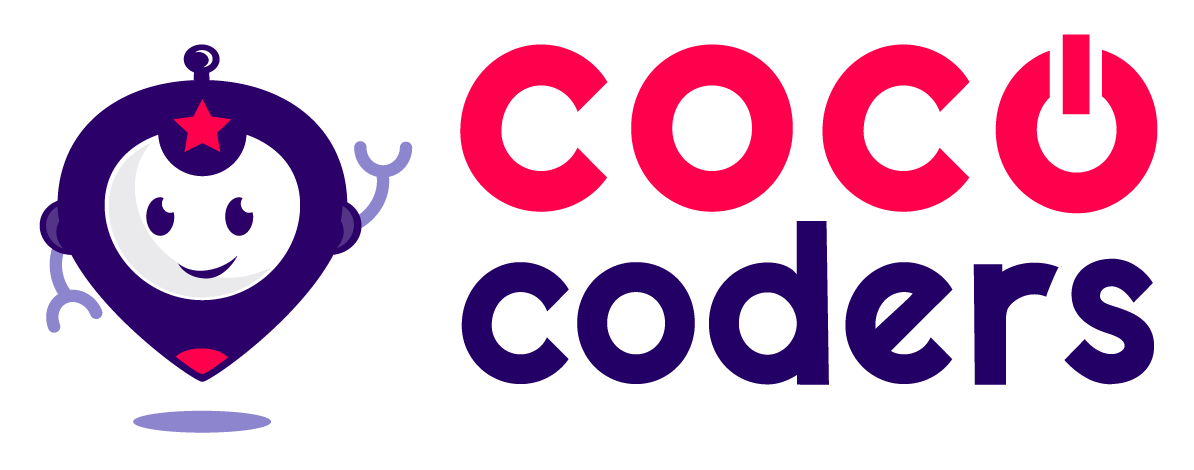How Learning to Code Is Similar to Learning a Foreign Language
When we think of learning a new language, we often imagine mastering Spanish, French, or Mandarin. However, coding—often referred to as the "language of technology"—shares striking similarities with learning a foreign language. For parents considering coding as a second language for their children, understanding these parallels can highlight why both skills are invaluable for their development.
Here’s a closer look at how learning to code mirrors the process of picking up a foreign language and why this combination can supercharge a child’s cognitive abilities and future opportunities.
1. Both Have Syntax and Grammar
Just as languages like English or Spanish have grammar rules, coding languages like Python, Javascript, and HTML have their own syntax. In coding, missing a semicolon or misplacing a bracket can lead to errors, just as a misplaced word in a sentence can change its meaning.
Benefits:
Children develop attention to detail by understanding and applying these rules.
They learn the importance of structure and order in communication.
2. Both Involve Learning New Vocabulary
Foreign languages introduce new words, phrases, and expressions. Similarly, coding requires learning a specialized vocabulary—students will need to learn the proper use of terms like function, for, while and var, amongst many others.
Benefits:
Expanding vocabulary in either domain strengthens memory and cognitive flexibility.
Kids develop a knack for recognizing and applying context, a critical skill in problem-solving.
3. Both Require Practice and Repetition
Mastery in both coding and languages comes through consistent practice. Just as children repeat words or phrases to internalize a language, they must also write and debug code repeatedly to grasp programming concepts fully.
Benefits:
Repetition builds confidence and fluency, whether writing sentences or coding algorithms.
Children learn patience and persistence by tackling challenges and correcting mistakes.
4. Both Enhance Problem-Solving Skills
When learning a foreign language, students face challenges like constructing sentences or interpreting idioms. Similarly, coding involves solving problems by writing and debugging programs. Both disciplines train the brain to analyze situations and come up with solutions.
Benefits:
Kids develop analytical thinking and creativity.
They become more adept at breaking complex problems into manageable steps.
5. Both Foster Pattern Recognition
Languages involve patterns in sentence structure, verb conjugation, and pronunciation. Coding also relies heavily on recognizing patterns in algorithms and data structures.
Benefits:
Pattern recognition sharpens logical thinking.
Children improve their ability to predict outcomes and identify solutions based on previous experiences.
6. Both Are Universal Tools for Communication
While languages connect people across cultures, coding serves as a global language for technology. From creating websites to developing apps, coding enables communication with machines and collaboration with others worldwide.
Benefits:
Kids gain a universal skill set that bridges cultural and technological boundaries.
They develop the ability to collaborate with diverse teams in the future.
7. Both Encourage Cultural and Technological Awareness
Learning a foreign language immerses children in new cultures, fostering empathy and global understanding. Coding introduces them to the digital world, sparking curiosity about how technology impacts everyday life.
Benefits:
Kids gain a dual perspective—cultural and technological—that prepares them for the interconnected modern world.
They become more adaptable and open-minded learners.
How Parents Can Support Their Children in Learning Both Types of Languages
1. Start Early:
Introduce coding and languages during childhood when kids are naturally curious and open to learning. Children can join our coding lessons from 6 years old!
2. Leverage Technology:
Use platforms like Duolingo for language learning and Scratch or Coco Coders for coding. These tools make learning engaging and accessible.
3. Encourage Practical Application:
Encourage your child to write a short program or hold a simple conversation in their new language. Practical use reinforces learning.
4. Celebrate Mistakes:
Mistakes are essential in both coding and language learning. Celebrate their efforts and focus on progress rather than perfection.
Conclusion
Learning to code and learning a foreign language share many similarities, from mastering syntax to building problem-solving skills. Both disciplines offer invaluable cognitive benefits and equip children with tools to succeed in an increasingly interconnected and digital world. By encouraging your child to explore coding and languages, you’re setting them up for a future full of opportunities—and perhaps even inspiring them to build bridges between cultures and technologies.


